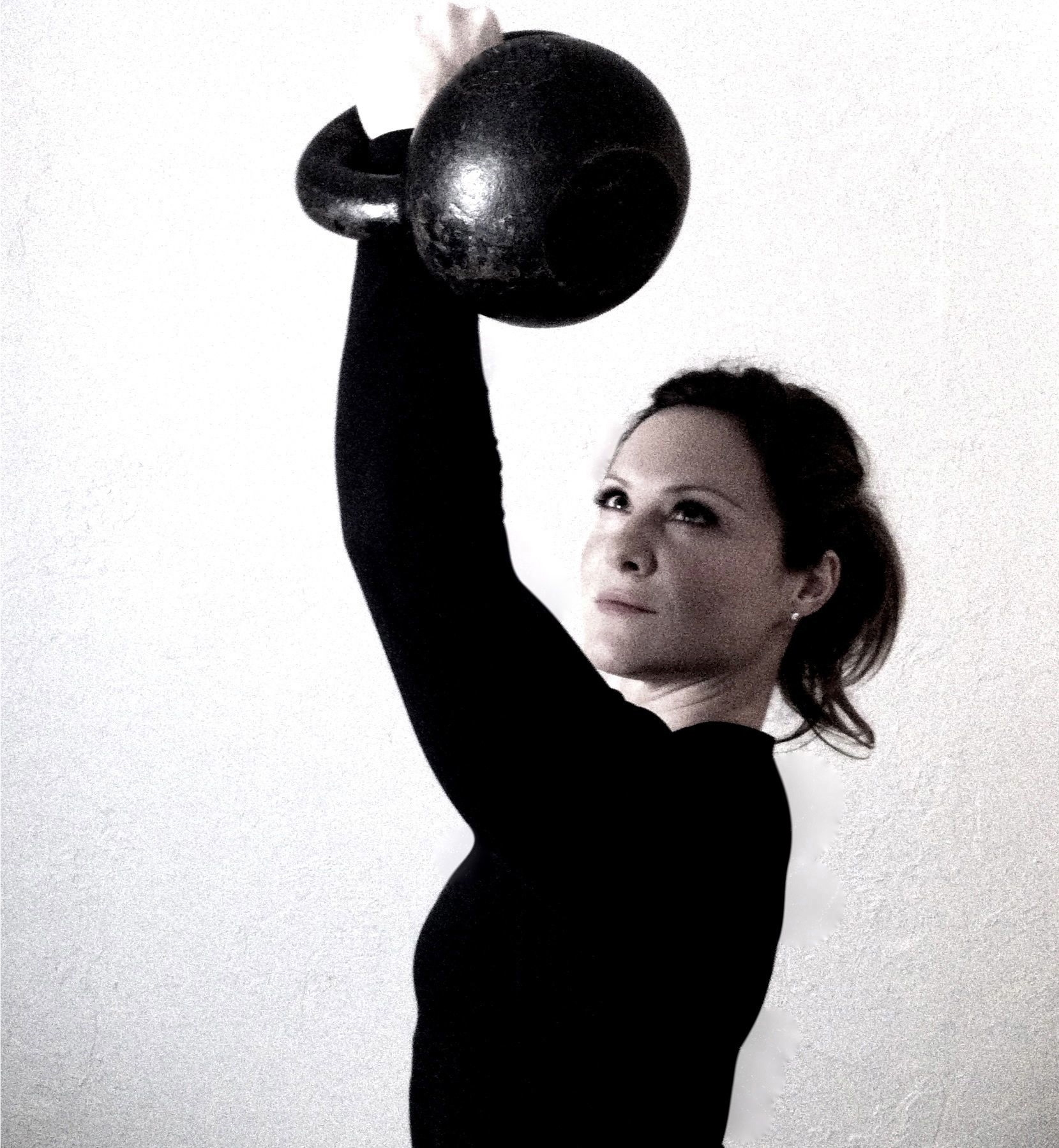https://www.t-nation.com/training/more-tips-from-the-weightroom-floor said:
This is the workout I take people through if I'm trying to teach a new bench groove or working with them the first time. Ethan Reeve at Wake Forest calls it the "Climbing Method." Pick an exercise and a number of reps, then keep jumping up in fairly equal increments until you PR or can't go any higher.
The offensive lineman I trained with during those workouts just threw on pairs of 45s set after set. Squats: 135x5, 225x5, 315x5, 405x5, 495x5, 585x5. Bench Press 135x5, 225x5, 315x5, 405x5, 455x5. Then he went and played basketball. This approach is fast and simple and basically a derivative of 5x5.
...
In my humble opinion, those 1.25s are for world records, not for gym use. In fact, for most serious lifters, 20 pound jumps are much better and the minimal acceptable standard.
To discourage whining and substandard, embarrassing decisions by anybody and everybody including myself, I have painted the 2.5 and 5 pound weights in my gym neon pink. Yep, if that 5 to 10 pound increment or PR is all you can handle, then slap that pink plate on and go for it.



